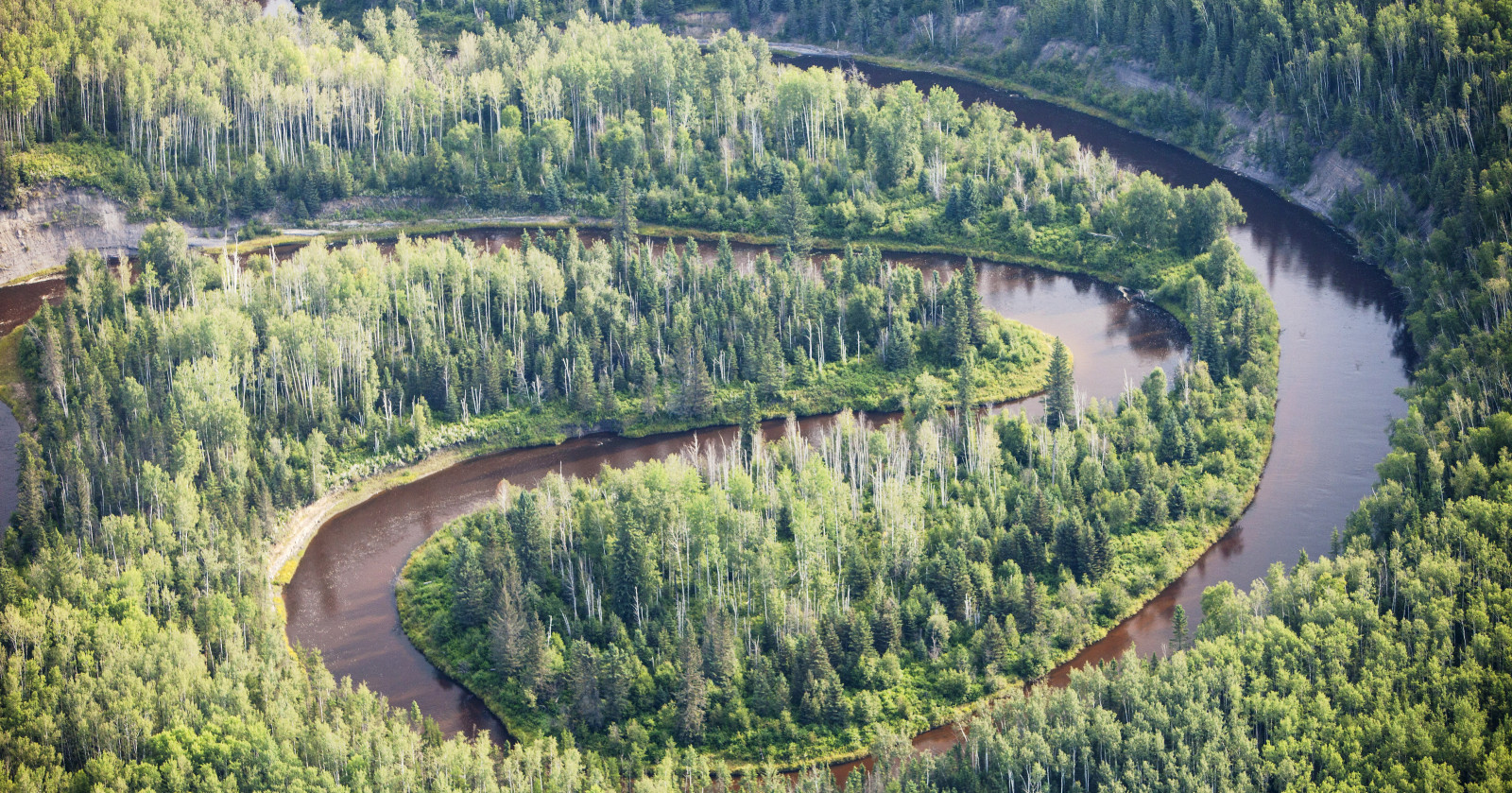
Forests the Size of France Have Regrown All Over the World in the Past Twenty Years12.05.2021
Recent research by Trillion Trees has demonstrated that the renascent vegetation will be capable of absorbing as much as 5.9 gigatons of carbon dioxide, which is more than the annual CO2 emissions of the United States.
“Deforestation is at the center of our climate crisis, and we must do everything we can to halt it,” wrote Josefina Braña Varela, Vice President and Deputy Lead for Forests at WWF, in an official statement, adding that “the restoration of our natural forests will play an essential role in preserving these critical ecosystems. The analysis provides a positive outlook for natural regeneration—but this growth doesn’t happen without careful planning, increased investment and strong policies in place that lead to an increase in forest cover.”
The analysis brought up by Varela is the work of Trillion Trees, a joint initiative of the WWF, BirdLife International, and the Wildlife Conservation Society, tasked with identifying areas where vigorous reforestation efforts would produce the biggest returns. To map them, the authors of the project pored over satellite imagery collected over the past thirty years and worked with experts hailing from twenty-nine countries all over the globe.
“This map will be a valuable tool for conservationists, policymakers and funders to better understand the multiple ways we can work to increase forest cover for the good of the planet,” said John Lotspeich, the executive director of Trillion Trees.
Experts believe that the significance of natural ecosystem expansion is currently marginalized and valued much less than artificial reforestation. Meanwhile, in the past twenty years, nearly 59 million hectares of forest have regrown—an area more or less the size of France. Much of the regrowth happened in the taigas of northern Mongolia, in Central Africa, Canada, and the Mata Atlântica region in the borderlands of Brazil and northern Argentina. Estimates say that the renascent vegetation will be capable of absorbing as much as 5.9 gigatons of carbon dioxide, which is more than the annual CO2 emissions of the United States.
Although the numbers look promising at first glance, Trillion Trees representatives argue that organic reforestation can’t be taken for granted. “We’ve known for a long time that natural forest regeneration is often cheaper, richer in carbon and better for biodiversity than actively planted forests, and this research tells us where and why regeneration is happening,” said William Baldwin-Cantello, Director of Nature-based Solutions at WWF. The expert also stressed that forest regrowth could act as a climate solution only if we managed to halt the terrifying pace of deforestation. The organization’s earlier research efforts have demonstrated that 386 million hectares of tree cover were lost worldwide in the first two decades of the twenty-first century.
See a detailed rundown of the analysis, along with its methodology and conclusions, HERE.
see also
- Papaya Rocks Film Festival 2021— Block 2
 Papaya Rocks Film Festival
Papaya Rocks Film FestivalNews
Papaya Rocks Film Festival 2021— Block 2
- James Bearded Sustainable Seafood

Trends
James Bearded Sustainable Seafood
- One and a Hundred Zeros. Dutch Designer Uses Gears to Visualize the Number Googol
News
One and a Hundred Zeros. Dutch Designer Uses Gears to Visualize the Number Googol
- Sylwia Chutnik | The Ćmielów Ladies
Opinions
Sylwia Chutnik | The Ćmielów Ladies
discover playlists
-
Papaya Young Directors 7 #MASTERTALKS
 18
18Papaya Young Directors 7 #MASTERTALKS
-
 05
05 -
Nowe utwory z pierwszej 10 Billboard Hot 100 (II kwartał 2019 r.)
 15
15Nowe utwory z pierwszej 10 Billboard Hot 100 (II kwartał 2019 r.)
-
Original Series Season 1
 03
03Original Series Season 1
